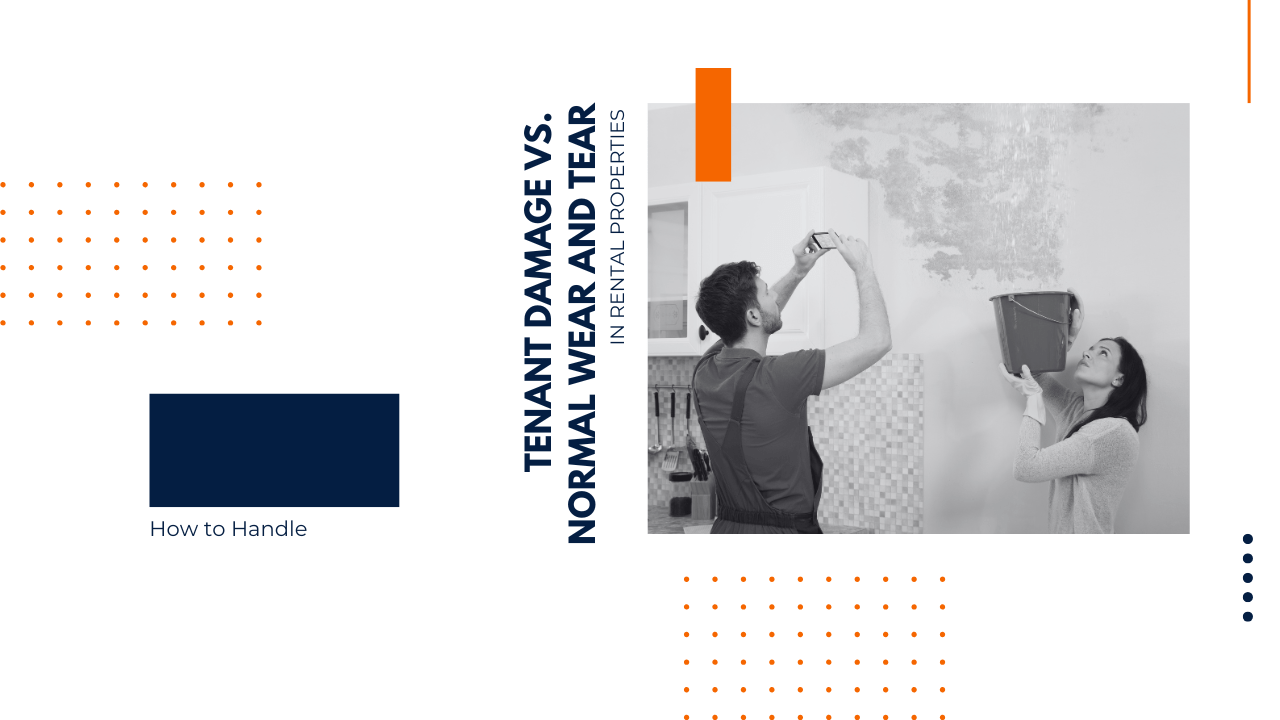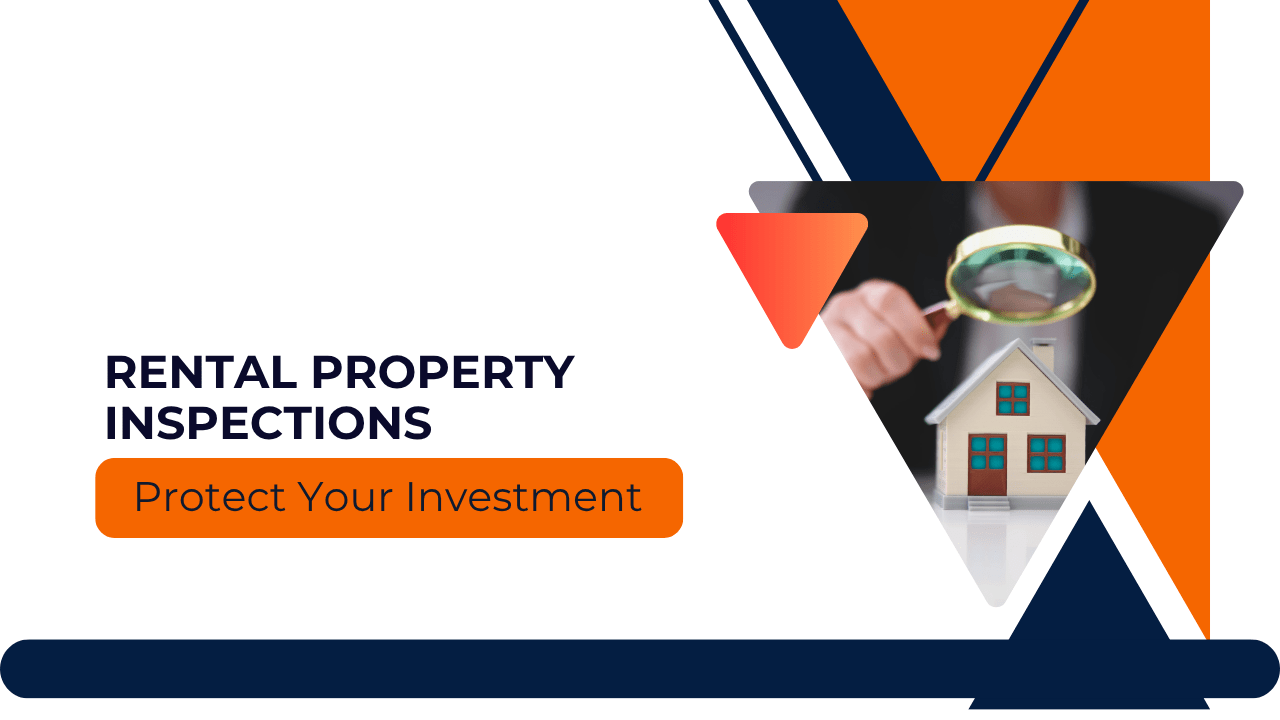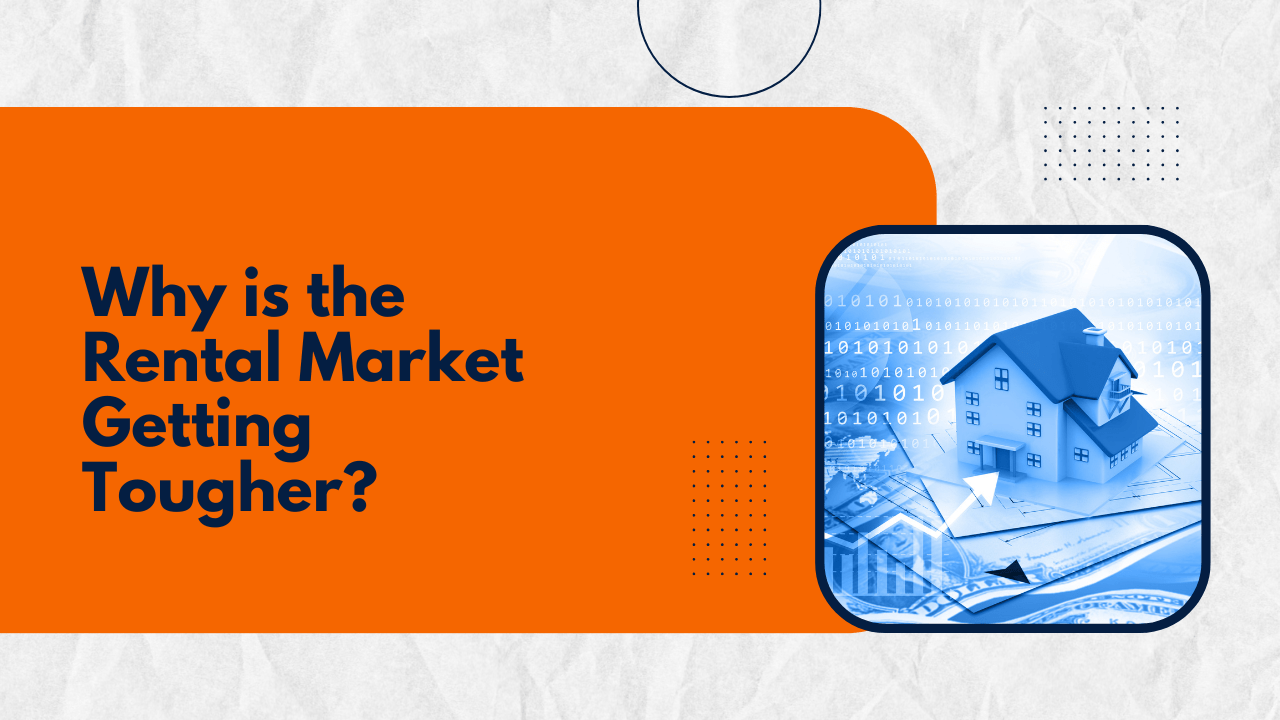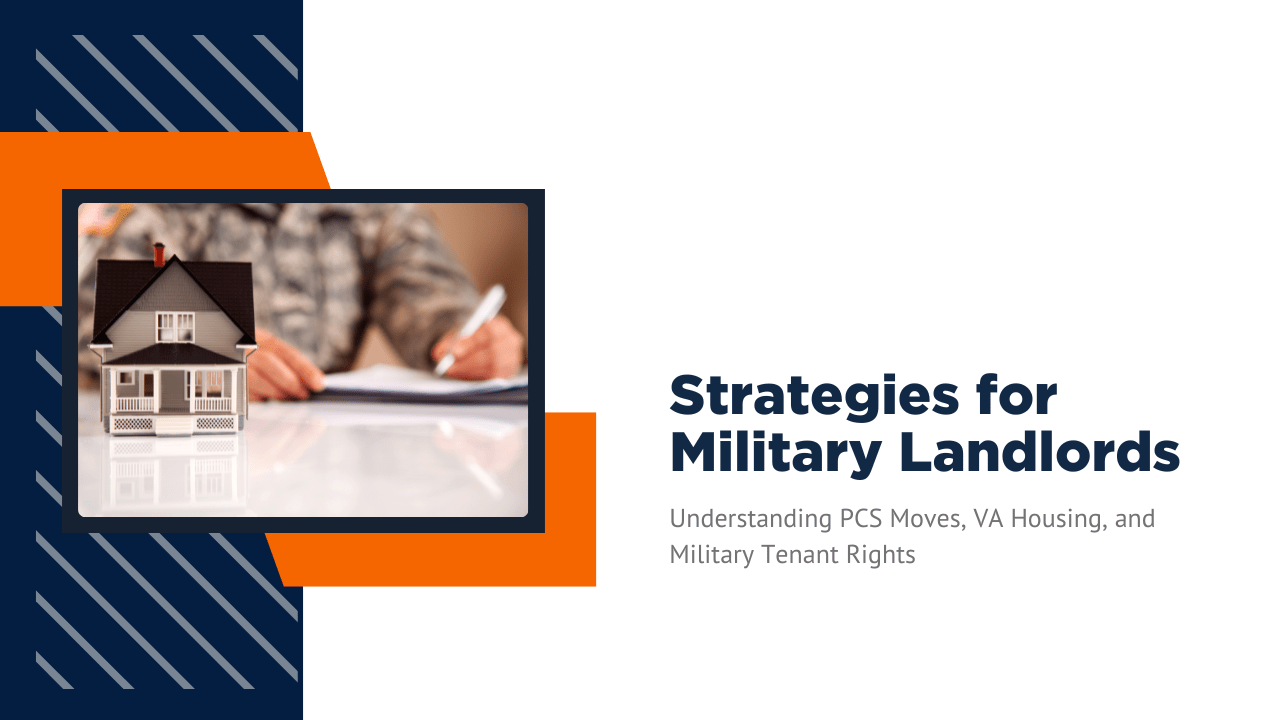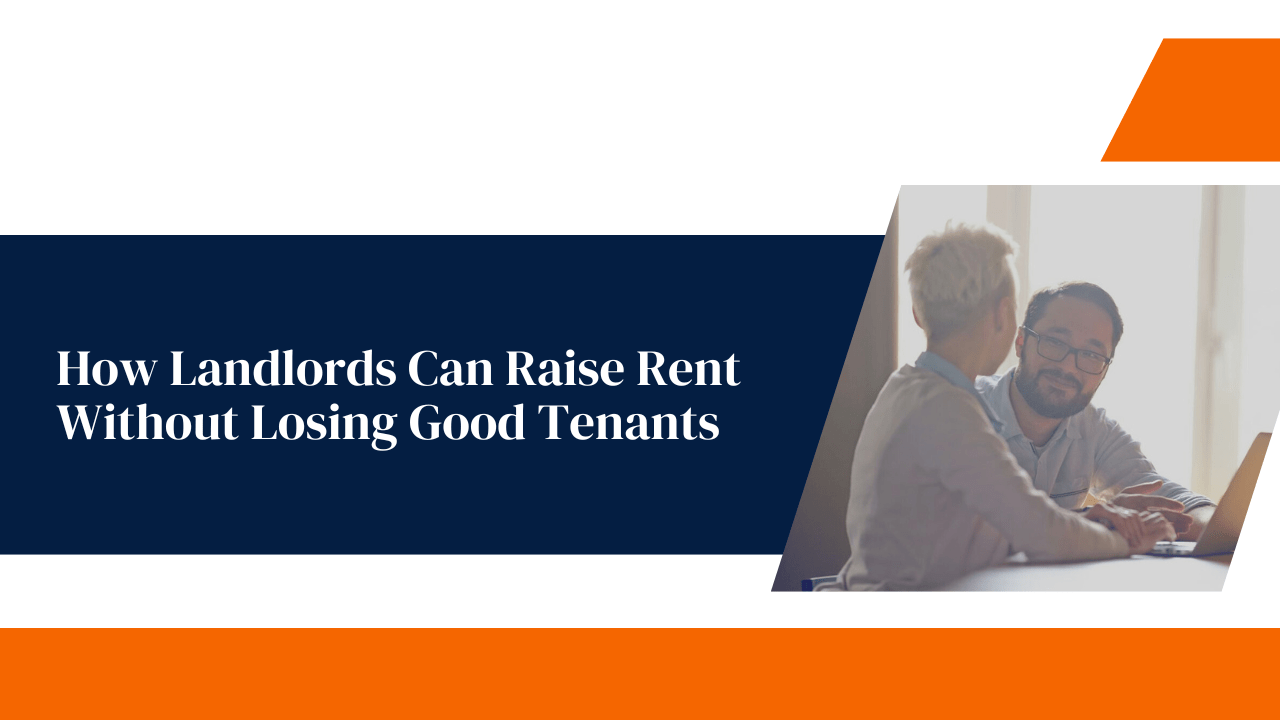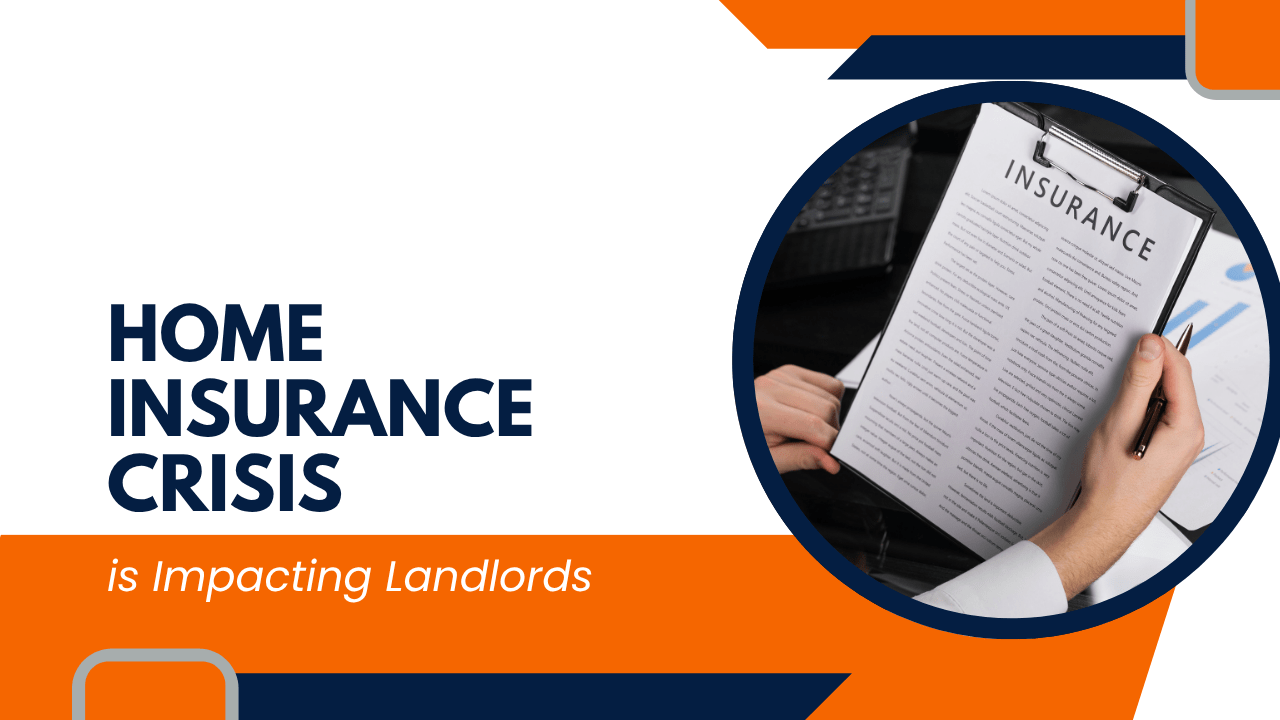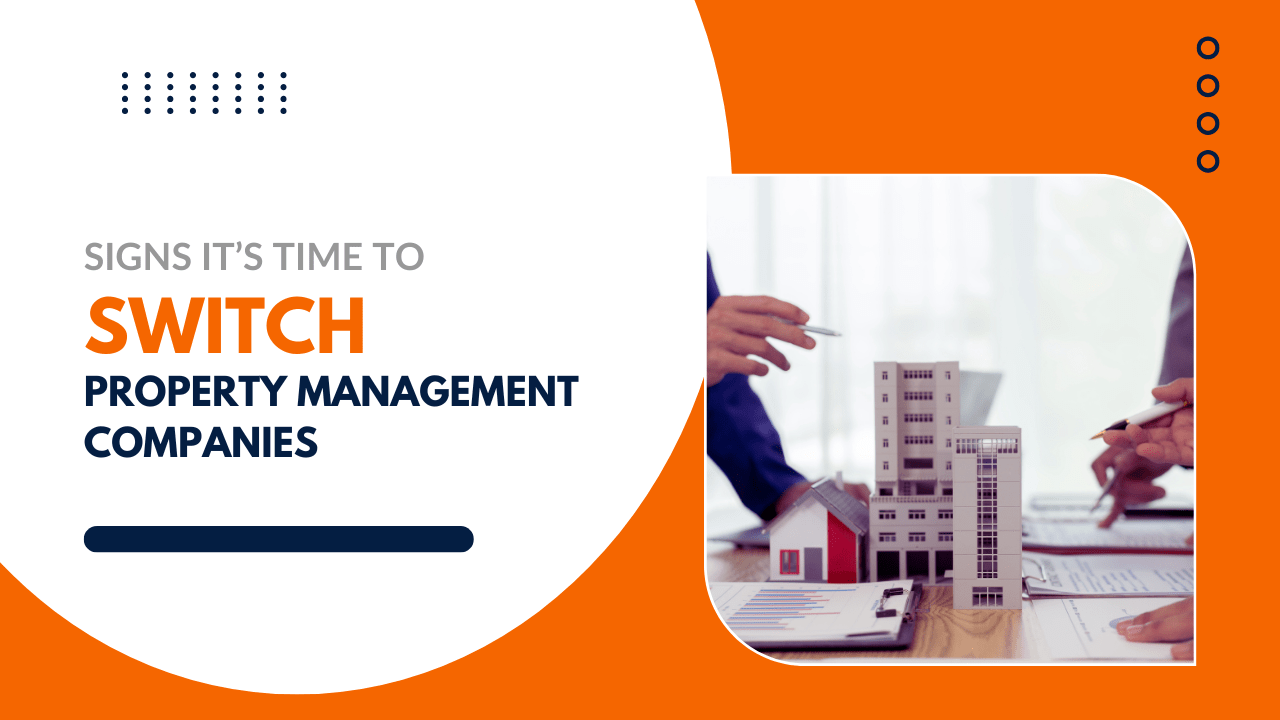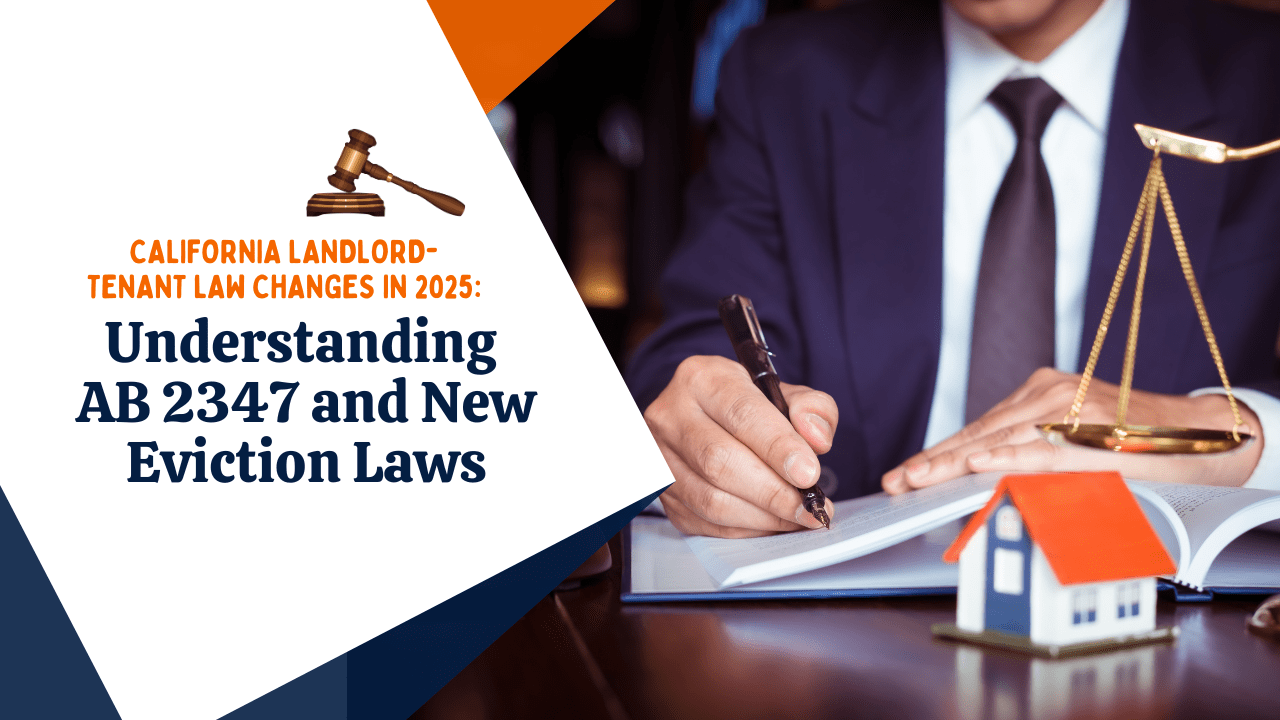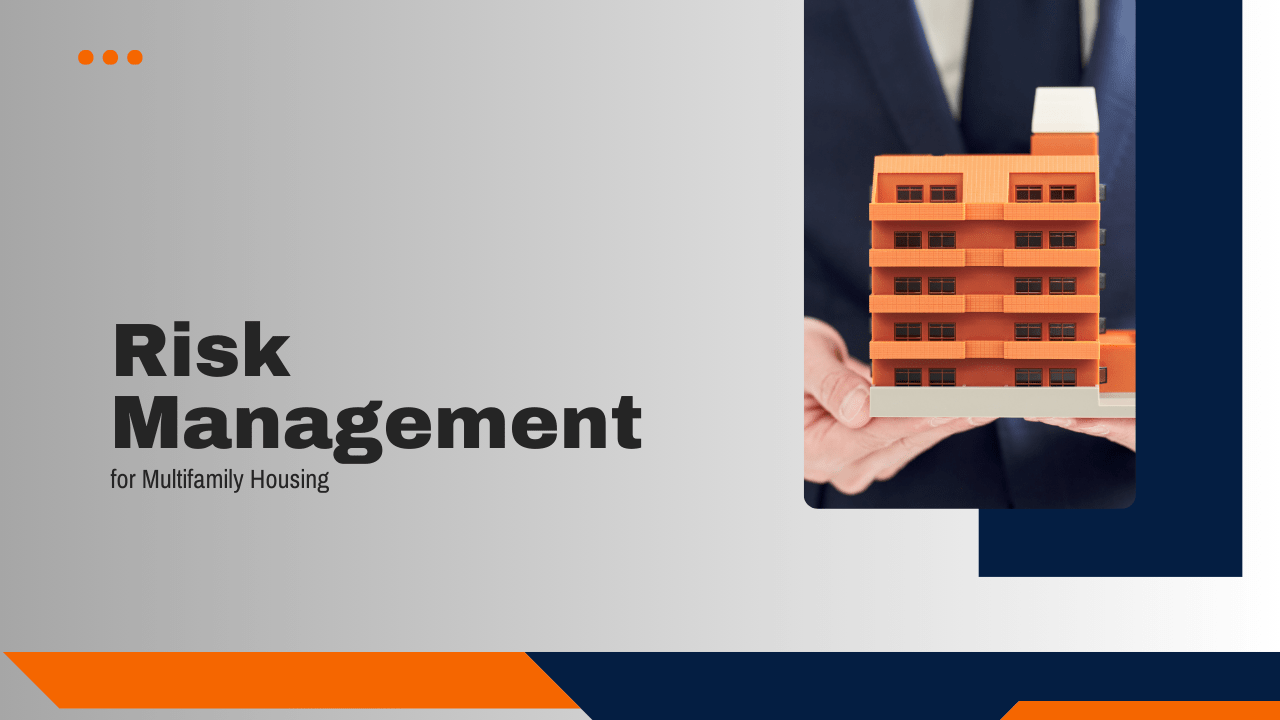California has introduced a sweeping safety mandate for
multifamily residential properties, and San Diego landlords need to be aware of the requirements and the deadlines.
The California Balcony Inspection Law, also known as SB 721 and SB 326, is reshaping how landlords approach structural safety. Now is the time to make sure you’re in compliance. It’s essential to understand what this law requires, who it affects, and how to stay compliant.
Balcony Inspection Laws in California
The initial balcony inspection laws in California were passed after a 2015 accident in which a Berkeley balcony collapsed, killing six people and injuring seven others.
Since then, the state has implemented balcony inspection laws in an effort to keep residents and visitors safe in multifamily buildings with balconies. Building and safety codes have been updated from time to time to keep modern buildings safe.
Two Senate Bills (SB271 and SB326) were passed in 2018 and 2019, respectively, and together they establish inspection requirements and standards intended to keep balconies in California safe for residents, tenants, and guests.
We’re talking about laws that were passed years ago. But, those initial laws established a deadline for inspections, and that deadline was January 1, 2025. Last year, the governor signed a bill extending the deadline to January 1, 2026. We don’t anticipate another extension, so it’s time to have your balconies inspected.
Senate Bill 721 Compliance and Deadlines
To
comply with this law, building owners must complete a safety inspection on all Exterior Elevated Elements (EEE), which includes not only balconies, but also porches, stairways, decks, walkways, and other elevated structures more than 6 feet above the ground.
In order to comply with the law, this inspection must be completed by an engineer, architect, or general contractor with an “A,” “B,” or “C-5” license and a minimum of five years of experience. Here’s
how the inspection will proceed:
- The inspector will review 15% of your building’s structural components.
- They’ll be looking for dangers that include dry rot and flashing issues as well as evidence of water intrusion.
- They’ll check for overall structural integrity.
- The inspection may include making small openings in stucco to visually inspect what’s underneath.
The most important deadline is this: your first SB721 inspection must be done by January 1, 2026.
If the inspector detects any hazardous conditions, those defects must be reported to the local building department. At that point, a building owner will have 120 days to complete the necessary repairs unless there’s an immediate safety threat.
Non-compliance will be costly. Local building departments can levy penalties of up to $500 per day for non-compliant facilities.
Re-inspections are required every six years, and your inspection reports must be made available to officials upon request. Property owners are responsible for ongoing maintenance of all balconies and other elevated structures.
Here’s a bit of nuance: if your building is new, as in constructed after January 1, 2019, you do not have to conduct your first inspection until six years after you received a Certificate of Occupancy.
What Happens If Repairs Are Needed?
If deficiencies are found during the inspection, they are classified into three categories:
- Immediate safety threat. These are issues that must be addressed
within 15 days and reported to local building officials.
- Non-immediate but significant issues. Typically must be repaired within
120 days, followed by re-inspection.
- Minor issues. Monitored and addressed during regular maintenance.
Repairs must follow standard permitting and inspection procedures under California Building Code. Once completed, the building professional will certify the work, and this documentation must be added to your records.
What Should San Diego Landlords Do Now to Ensure Compliance?
If you’re working with a
San Diego property management team, you can expect your partners to take care of the inspections and any resulting maintenance needs. If you’re managing the balcony inspections on your own, here’s a step-by-step checklist that can help you stay on track:
1.Determine If Your Property Qualifies
Review your buildings to determine whether you have EEEs subject to SB 721. Older apartment complexes in San Diego, especially those built before 2019, will likely be subject.
2.Hire a Qualified Inspector
Start by sourcing reputable, licensed professionals who specialize in balcony and structural inspections. In San Diego, several local firms now offer SB 721-compliant inspections. Don’t wait too long to schedule. As the deadline approaches, inspectors will be booked months in advance, even with the extra year that’s been provided.
3. Budget for Inspection and Repairs
Expect inspection costs to range from $500 to $2,000+ per building, depending on size and complexity. If repairs are needed, those costs will vary widely.
4. Document Everything
Keep detailed records of the inspection report, any repair permits, and final certifications. This protects you in case of legal claims or follow-up audits. If you’re
renting out properties, you should be documenting everything related to the maintenance of those properties anyway.
5. Plan for Re-Inspections
Mark your calendar: you’ll need to repeat the process every six years. Consider folding this into your long-term maintenance budget and preventative maintenance schedule.
Does This Law Affects Your Investment Strategy?



